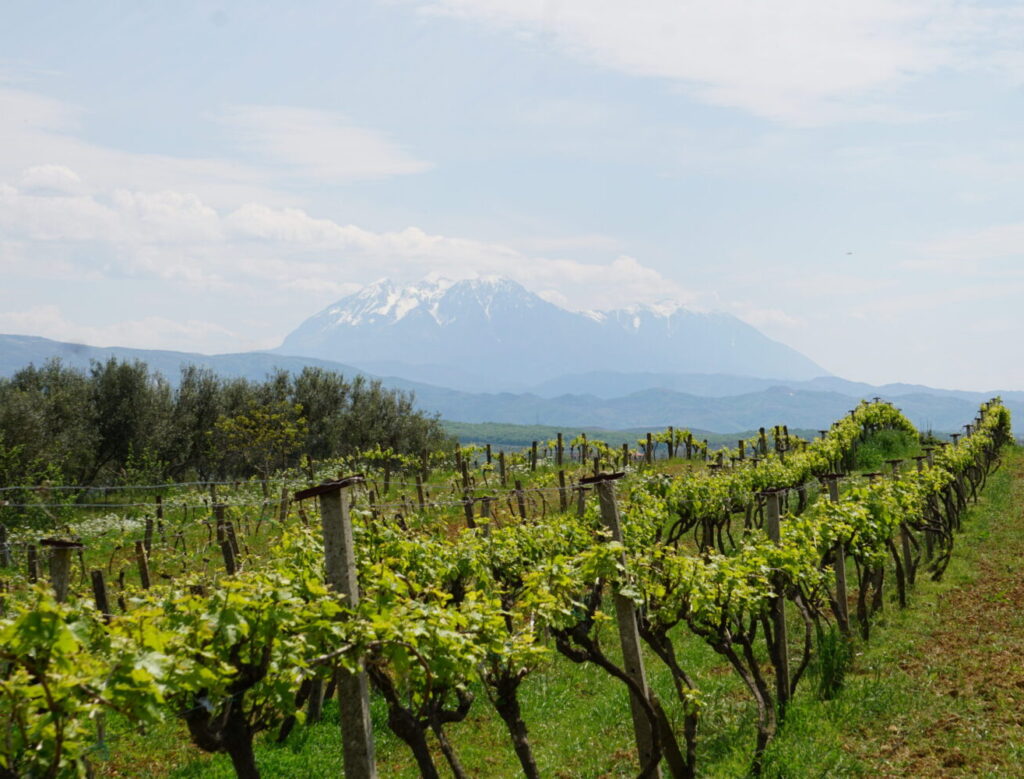Another winner from the Top 100 – Every year, Green Destinations organizes the Top 100 Destination Sustainability Stories competition, which invites submissions from around the world – a vetted collection of stories spotlighting local and regional destinations that are making progress toward sustainable management of tourism and its impacts. As previously, we’ve selected two more stories from the winners, this one from Albania, where a lake with a sunken temple helps a community recover from years of repression. Synopsis by Ailin Fei. Top 100 submission by Paolina Rusta, Tourism Specialist / Sustainability Coordinator, Municipality of Belsh.

Embracing Aphrodite’s Shrine to Build a Thriving Tourist Destination
Belsh, Albania, known for its karst lakes, olive-covered hills, and rich heritage, spans just under 200 km² and is home to 33,632 residents, mainly farmers and fishers known for their hospitality. During the dictatorial rule in Albania, the people of Belsh were forced to abandon their ancient religions, cultures, and histories. Post-regime, Belsh struggled to reclaim its cultural identity and transition to sustainable tourism, initially met with skepticism due to cultural loss and isolation.


In 1974, the discovery of a 2,300-year-old underwater shrine dedicated to the Goddess Aphrodite (Aferdita in Albanian) marked a turning point in heritage preservation. In 2002, the Ministry of Culture afforded Lake Seferan protected status, leading to archaeological excavations. The community not only protected this relic but also embraced their ancestral customs with an annual Aferdita Festival.
The municipality of Belsh initiated the festival in 2017 to celebrate and reintroduce cultural traditions to the community, involving local artisans and musicians. Community involvement was central to this transformation. Through asset mapping, the community combined natural beauty and cultural wealth to form a distinctive tourism model. The community embraced participatory frameworks, emphasizing open dialogues and training to manage facilities, thus reducing skepticism and fostering shared responsibility.

This cultural revival strengthened community spirit, reconnected people with their heritage, and transformed Lake Seferan into a tourist attraction. The revitalization sparked economic growth, with new guesthouses, eateries, and increased tourism. Visitor numbers now average 3,500 guests each weekend.

